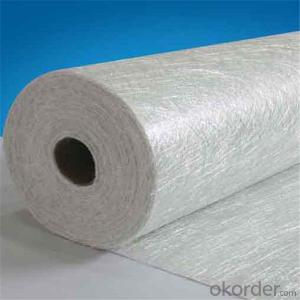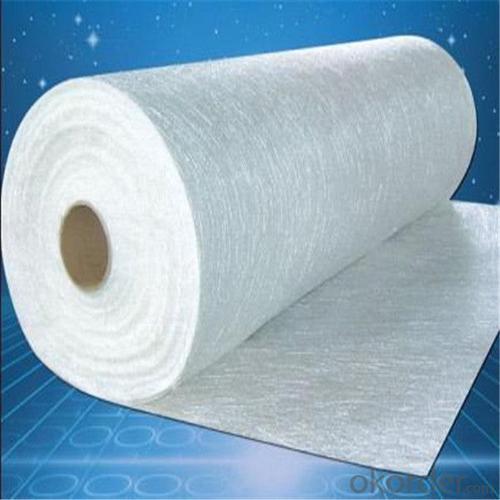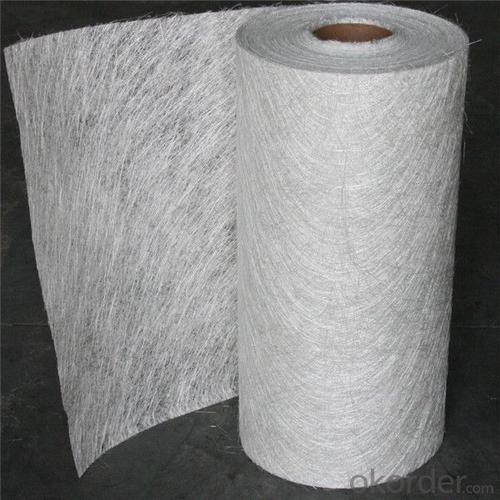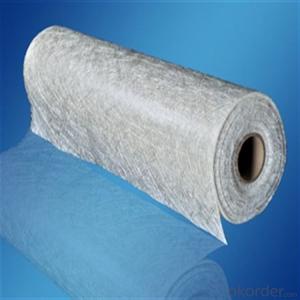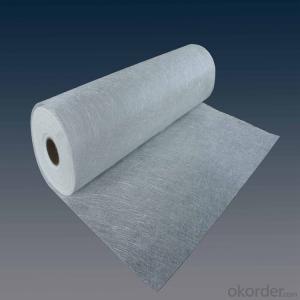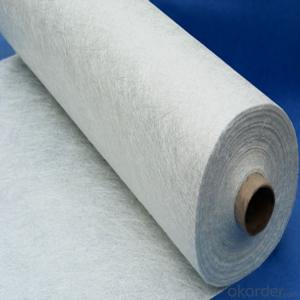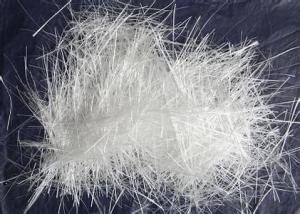Fiberglass Chopped Strand Mat Jushi Flame Retarded Chopped Strand Fiberglass Mat
- Loading Port:
- Tianjin
- Payment Terms:
- TT OR LC
- Min Order Qty:
- 100 m.t.
- Supply Capability:
- 10000 m.t./month
OKorder Service Pledge
OKorder Financial Service
You Might Also Like
Quick Details
| Technique: | Chopped Strand Fiberglass Mat (CSM) | Dimensions: | 80g - 900g | Mat Type: | Continuous Filament Mat |
| Fiberglass Type: | E-Glass | Softness: | soft, very soft | Place of Origin: | Shandong, China (Mainland) |
| Brand Name: | cnbm | Model Number: | CSM | material: | fiberglass |
| Glass type: | E glass / C glass | Bond type: | powder or emulsion | Roll width: | 200 - 2600mm |
| Roll weight: | 28 - 55kgs | Density: | 225g/m2, 300g/m2, 450g/m2 | Certification: | ISO, CE |
Packaging & Delivery
| Packaging Details: | standand export packing . or packed as customer's need |
| Delivery Detail: | 10-20days after the contract is effective |
Specifications
Fiberglass Chopped Strand Mat
1.good combination fo resin
2.easy operation
3.good wet strength retention
Specification:
Fiberglass Chopped Strand Mat is an non-woven E- or C-glass fiberglass fabric manufactured by spreading continuous filament rovings of 50mm in length randomly and uniformly in combination with polyester binder in power form (or other binder in emulsion form). Powder or Emulsion fiberglass fiber chopped glass mat


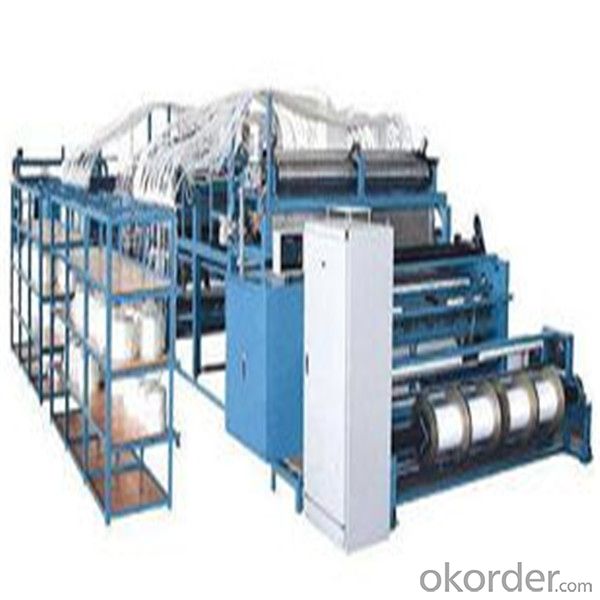
- Q: Can fiberglass chopped strand be recycled?
- Yes, fiberglass chopped strand can be recycled. Fiberglass is a highly recyclable material that can be melted down and reformed into new products. The recycling process involves breaking down the chopped strand into smaller pieces, separating it from any other materials or contaminants, and then melting it to create new fiberglass products. Recycling fiberglass helps to reduce waste and conserve resources, making it an environmentally-friendly option.
- Q: Can glass fiber be recycle? There are raw silk and shred silk.. .
- Made into reinforced material
- Q: What are the typical fire safety regulations for fiberglass chopped strand composites?
- The typical fire safety regulations for fiberglass chopped strand composites include ensuring the materials meet specific flame spread and smoke generation limits, as well as implementing measures to prevent the spread of fire, such as using fire-resistant coatings or additives. Additionally, fire safety regulations may also require proper storage, handling, and disposal practices for these composites to minimize fire risks.
- Q: Can fiberglass chopped strand be used in fire-resistant applications?
- No, fiberglass chopped strand is not suitable for fire-resistant applications as it is a flammable material.
- Q: What is the shear strength of fiberglass chopped strand?
- The shear strength of fiberglass chopped strand can vary depending on various factors such as the length of the strands, the type of resin used, and the manufacturing process. However, on average, the shear strength of fiberglass chopped strand can range from 20 to 70 MPa (megapascals). It is important to note that these values are approximate and can vary depending on the specific application and testing conditions. Additionally, the shear strength can be significantly influenced by factors such as the orientation and alignment of the strands, the presence of any additives or reinforcements, and the overall quality of the material. Therefore, it is recommended to consult with manufacturers or conduct specific testing to determine the shear strength of fiberglass chopped strand for a particular application.
- Q: What are the typical creep properties of fiberglass chopped strand composites?
- Fiberglass chopped strand composites possess certain characteristics that are commonly associated with creep. Creep refers to the tendency of a material to deform and relax under a continuous load or stress over an extended period of time. In comparison to metals or polymers, fiberglass chopped strand composites demonstrate relatively low levels of creep. This can be attributed to the reinforcing qualities of the fiberglass strands, which provide strength and rigidity to the composite. Various factors influence the occurrence of creep in fiberglass chopped strand composites, including temperature, humidity, and the magnitude of the applied load. When exposed to higher temperatures, the creep rate tends to increase as the matrix material softens, enabling greater deformation. Similarly, elevated levels of humidity can hasten creep as moisture weakens the matrix and diminishes the overall composite strength. The level of applied load or stress also impacts the creep behavior of fiberglass chopped strand composites. Higher loads typically result in higher creep rates, as the material undergoes more significant deformation under the continuous stress. Nevertheless, the reinforcing nature of the fiberglass strands helps mitigate creep by dispersing the load and preventing localized deformations. In summary, fiberglass chopped strand composites exhibit relatively low creep characteristics, making them suitable for applications that necessitate dimensional stability and resistance to prolonged stress. However, it is essential to consider the specific environmental conditions and load requirements to ensure that the material's performance aligns with the desired expectations.
- Q: How is fiberglass chopped strand used in the defense sector?
- Fiberglass chopped strand is used in the defense sector for various applications. It is commonly used as reinforcement in composite materials, such as armor panels and ballistic protection systems. The chopped strands enhance the strength and durability of these materials, making them suitable for protecting military vehicles, aircraft, and personnel from ballistic threats, explosions, and other hazards. Additionally, fiberglass chopped strand can be used in the production of lightweight military components, such as radomes and antenna covers, due to its excellent electrical insulation properties.
- Q: Can fiberglass chopped strand be used in acoustic insulation applications?
- Yes, fiberglass chopped strand can be used in acoustic insulation applications. Fiberglass is known for its excellent sound absorption properties, making it an ideal material for reducing noise and improving acoustics in various settings. The chopped strand form of fiberglass can be easily mixed with other materials, such as binders or resins, to create insulation products that effectively absorb and dampen sound waves. These products are commonly used in buildings, automotive applications, and other environments where noise reduction is desired. Overall, fiberglass chopped strand is a versatile and effective material for acoustic insulation applications.
- Q: What are the chemical resistance properties of fiberglass chopped strand?
- Fiberglass chopped strand, also known as glass fiber, has excellent chemical resistance properties. It is highly resistant to a wide range of chemicals, including acids, alkalis, solvents, and oils. This is due to the inherent nature of glass fibers, which are composed of inorganic materials that are non-reactive to most chemicals. The chemical resistance of fiberglass chopped strand makes it a popular choice for various applications where exposure to corrosive substances is expected. It is commonly used in the construction industry for corrosion-resistant pipes, tanks, and vessels. Additionally, it is widely utilized in the automotive and aerospace sectors for its ability to withstand exposure to fuels, lubricants, and other chemicals. It is important to note that while fiberglass chopped strand has excellent chemical resistance, it may not be completely immune to all chemicals. Some highly aggressive chemicals, such as concentrated acids or strong oxidizers, may cause limited degradation or affect the mechanical properties of the material over time. Therefore, it is always recommended to consult the manufacturer's guidelines and conduct proper testing when selecting fiberglass chopped strand for specific chemical environments. Overall, the chemical resistance properties of fiberglass chopped strand make it a durable and reliable material for various applications, providing long-lasting performance in corrosive environments.
- Q: How does the fiber length affect the processability of fiberglass chopped strand composites?
- The fiber length of fiberglass chopped strand composites has a significant impact on their processability. A longer fiber length tends to enhance the mechanical properties of the composite, such as its strength and stiffness. This is because longer fibers provide a greater surface area for bonding with the matrix material, resulting in improved load transfer and resistance to deformation. Additionally, longer fibers can bridge larger gaps between reinforcing elements, increasing the overall integrity of the composite structure. However, longer fiber lengths can also present challenges during the manufacturing process. Longer fibers can become entangled and clump together, making it difficult to achieve a uniform dispersion within the matrix material. This can result in poor wetting and bonding between the fibers and the matrix, leading to weak interfacial adhesion and reduced mechanical performance. On the other hand, shorter fiber lengths offer better processability due to their improved ability to disperse uniformly within the matrix material. Shorter fibers are less likely to tangle or clump together, facilitating a more even distribution throughout the composite. This leads to enhanced wetting and bonding between the fibers and the matrix, resulting in improved interfacial adhesion and overall mechanical properties. In summary, while longer fiber lengths offer superior mechanical properties, they can pose challenges in terms of processability. Shorter fiber lengths, on the other hand, provide better processability but may sacrifice some mechanical performance. Finding the optimal fiber length for a specific application requires careful consideration of the desired mechanical properties and the manufacturing process conditions.
Send your message to us
Fiberglass Chopped Strand Mat Jushi Flame Retarded Chopped Strand Fiberglass Mat
- Loading Port:
- Tianjin
- Payment Terms:
- TT OR LC
- Min Order Qty:
- 100 m.t.
- Supply Capability:
- 10000 m.t./month
OKorder Service Pledge
OKorder Financial Service
Similar products
Hot products
Hot Searches
Related keywords
